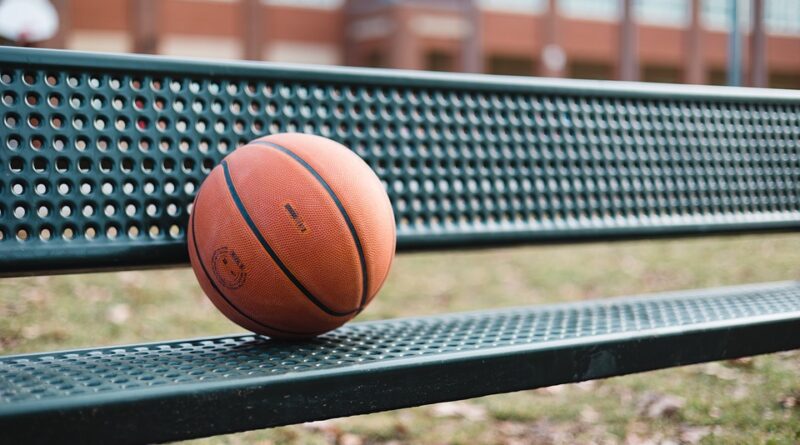Master the Court: Essential Defensive Drills for Basketball Players
Master the Court: Essential Defensive Drills for Basketball Players
Defense is a crucial aspect of basketball that is often overlooked. While scoring points may be glamorous, it’s vital to remember that preventing the opposing team from scoring is just as important. In order to become a well-rounded and effective basketball player, one must possess strong defensive skills. This article will outline some essential defensive drills that can help basketball players improve their game, dominate the court, and shut down their opponents.
1. Defensive Stance Drill
The defensive stance is the foundation of good defense. Players should start by standing with their feet shoulder-width apart, knees slightly bent, and hands up to defend against potential passes or shots. In the defensive stance drill, players should practice moving laterally while maintaining good defensive positioning. Coaches can have players slide back and forth across the court, focusing on staying low, keeping their hands up, and staying in front of their opponent. This drill helps players improve their agility, footwork, and overall defensive stance.
2. Closeout Drill
The closeout drill teaches players how to quickly close the distance between themselves and their opponent in order to contest a shot or prevent a drive to the basket. Players should start on defense in the paint, then quickly sprint out to the three-point line to close out on a shooter. Coaches can emphasize the importance of staying low, using quick feet to close the gap, and getting a hand up to contest the shot. This drill helps players work on their speed, reaction time, and closeout technique.
3. Defensive Slides Drill
Defensive slides are essential for staying in front of your opponent and cutting off driving lanes. In the defensive slides drill, players should start at one end of the court and slide back and forth to the other end while keeping their hips low, their chest up, and their eyes on the ball. Coaches can have players work on sliding laterally, shuffling their feet, and mirroring the movements of their opponent. This drill helps improve players’ lateral quickness, defensive positioning, and overall defensive slide technique.
4. Denial Drill
The denial drill teaches players how to deny their opponent the ball and disrupt offensive flow. Players should start by playing defense against a teammate who is trying to receive a pass. The defensive player should work on fronting their opponent, getting a hand in the passing lane, and denying the entry pass. Coaches can emphasize the importance of being physical, having active hands, and anticipating the pass. This drill helps players disrupt the offense, create turnovers, and force opponents out of their comfort zone.
5. Help Side Defense Drill
Help side defense is crucial for providing support to teammates and protecting the paint. In the help side defense drill, players should start on defense on one side of the court while a coach or teammate drives to the basket from the opposite side. The defensive player should quickly slide over to help, contest the shot, and secure the rebound. Coaches can emphasize the importance of communication, timing, and positioning in help side defense. This drill helps players work on their rotations, defensive awareness, and teamwork on defense.
6. Closeout and Recover Drill
The closeout and recover drill combines the elements of closing out on a shooter and recovering back to your man after a shot fake. Players should start on defense in the paint, then sprint out to close out on a shooter at the three-point line. The offensive player can then shot fake, and the defensive player must recover back to their man to contest the shot. Coaches can emphasize the importance of staying disciplined, reading shot fakes, and closing out under control. This drill helps players work on their recovery speed, closeout technique, and defensive discipline.
7. 1-on-1 Defensive Drill
The 1-on-1 defensive drill simulates game-like situations where players must defend against an opponent one-on-one. Players should start at one end of the court, and the offensive player tries to score while the defensive player tries to stop them. Coaches can emphasize the importance of staying in front of the ball, moving their feet, and contesting shots without fouling. This drill helps players work on their individual defense, on-ball technique, and competitiveness.
In conclusion, mastering the art of defense is essential for becoming a well-rounded basketball player. By incorporating these essential defensive drills into their training regimen, players can improve their agility, footwork, positioning, and overall defensive skills. With dedication, hard work, and a commitment to defense, basketball players can elevate their game, dominate the court, and shut down their opponents with ease.






